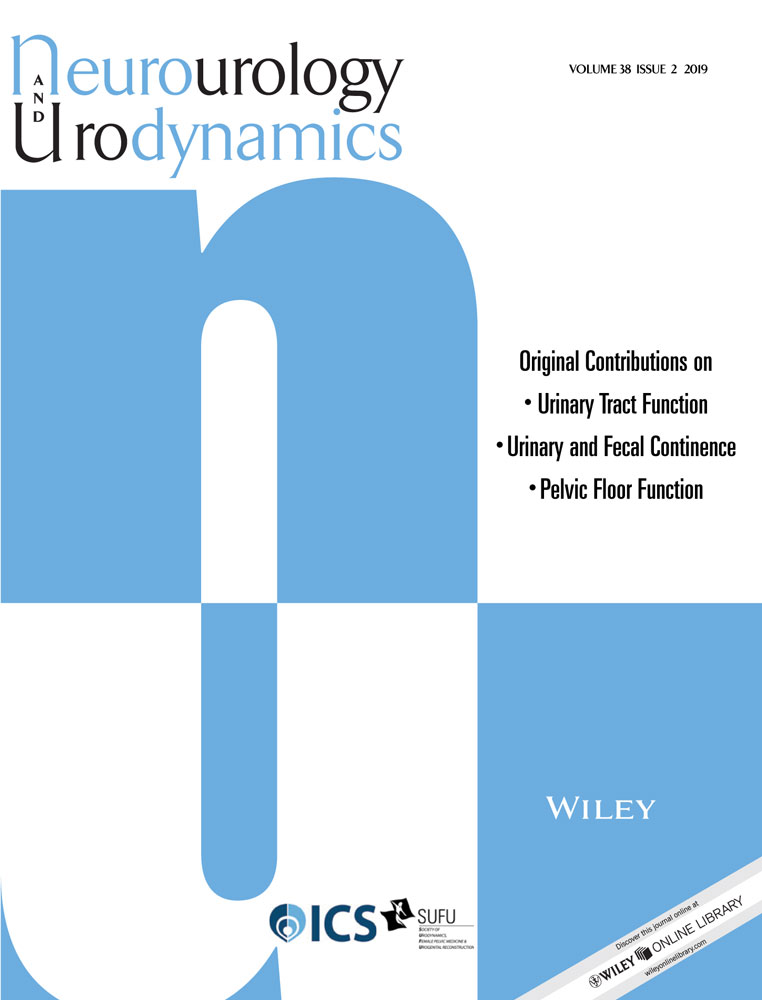Lower urinary tract symptoms 7 years after the first delivery: Correlation to the mode of delivery
Abstract
Objective
To investigate the extent of lower urinary tract symptoms (LUTS) during pregnancy and 7 years after birth in primipara and their association with delivery mode history and other factors.
Methods
A longitudinal cohort study was conducted in 12 hospitals representative of the diversity of the seven administrative regions of China. Of 10 098 women recruited at the third trimester, 3862 (38.25%) responded at 1 year, and 1115 (11.04%) responded at 7 years. A modified Chinese Bristol Female Lower Urinary Tract Symptoms questionnaire was administered. No intervention was implemented.
Results
Among the participants, 75.4% reported nocturia during gestation, followed by frequency (58.4%), which gradually decreased after delivery. The prevalence of urge urinary incontinence (UUI) increased from 5.7% during pregnancy to 22.8% at 1 year after delivery and 10.2% at 7 years postpartum. The prevalence of stress urinary incontinence (SUI) increased from 29.9% during pregnancy to 46.4% at 1 year postpartum and 23.7% at 7 years after delivery.
The odds of storage LUTS and voiding LUTS 7 years after delivery were lower for the cesarean section (CS) group than for the vaginal delivery (VD) group (OR = 0.49, 95%CI, 0.36-0.68; OR = 0.25, 95%CI, 0.09-0.70). The most frequent moderately to severely bothersome LUTS after VD was SUI (19.18%), while that for CS was UUI (19.18%).
Conclusion
The incidence of storage LUTS was higher than that of voiding LUTS both during pregnancy and postpartum. The most frequently reported LUTS during pregnancy were nocturia and frequency, while the most frequent LUTS after delivery were urgency and SUI. CS was associated with a decreased prevalence of both storage and voiding LUTS after delivery.
CONFLICTS OF INTEREST
The authors declare that they have no competing interests.




